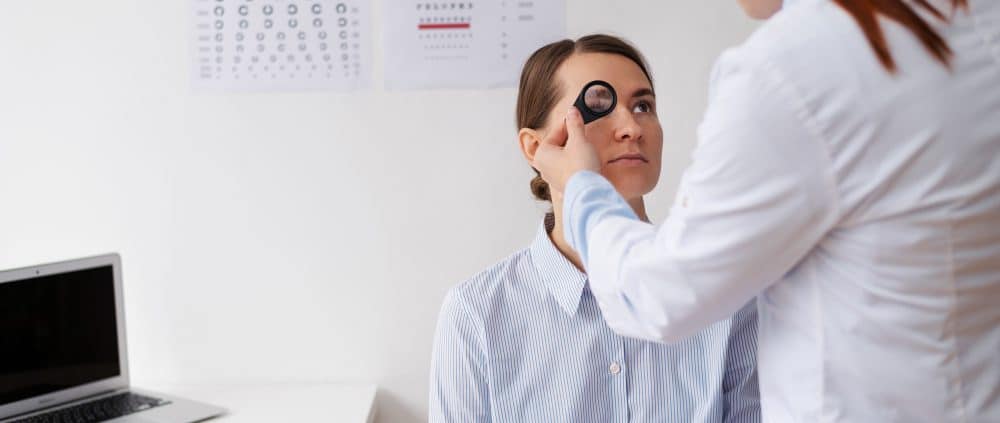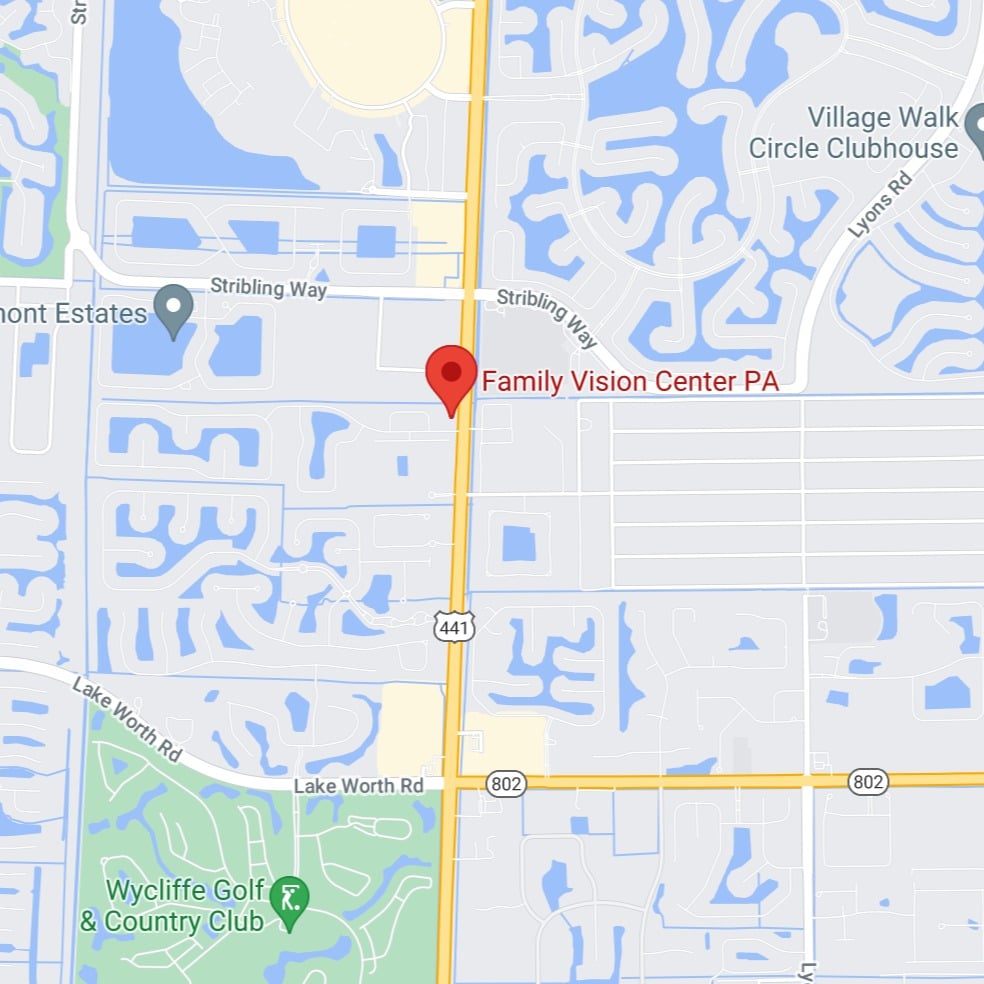When to Have Your Peripheral Vision Checked
When you go in for your standard eye exam, the main goal is to check your visual acuity. However, your peripheral vision is also important to how you perceive the world. Here are a few general guidelines for how often you should get it checked.
Peripheral Vision and Age
Your peripheral vision in Wellington, FL, is usually best when you’re young, so most people under 40 will only need it checked twice a decade. When a person hits 40, it bumps up to once every three years. Once an individual is 55 and older, once every one to two years is a good rule of thumb.
Am I at Risk of Losing My Peripheral Vision?
Beyond age, some people are more at risk of losing this specific type of vision. For instance, if you have a pre-existing condition, like high blood pressure, glaucoma, or diabetes, this can put more pressure on the eye, affecting how well you see out of the corners of your eye. If you experience any type of blurred vision, tunnel vision, double vision, or flashes in your line of sight, it’s important to note the frequency and talk to an optometrist about anything out of the ordinary.
Seeing an Eye Doctor in Wellington, FL
Regular eye exams in Wellington, FL, are an excellent way to monitor how your peripheral vision changes over time. At Family Vision Center PA, our staff can identify small changes that may spell bigger problems in the future. No matter what your daily routine is, peripheral vision can play a big role in keeping you safe. As long as you see the right optometrist and pay attention to the changes, you’ll have a better chance at successful intervention.





Leave a Reply
Want to join the discussion?Feel free to contribute!